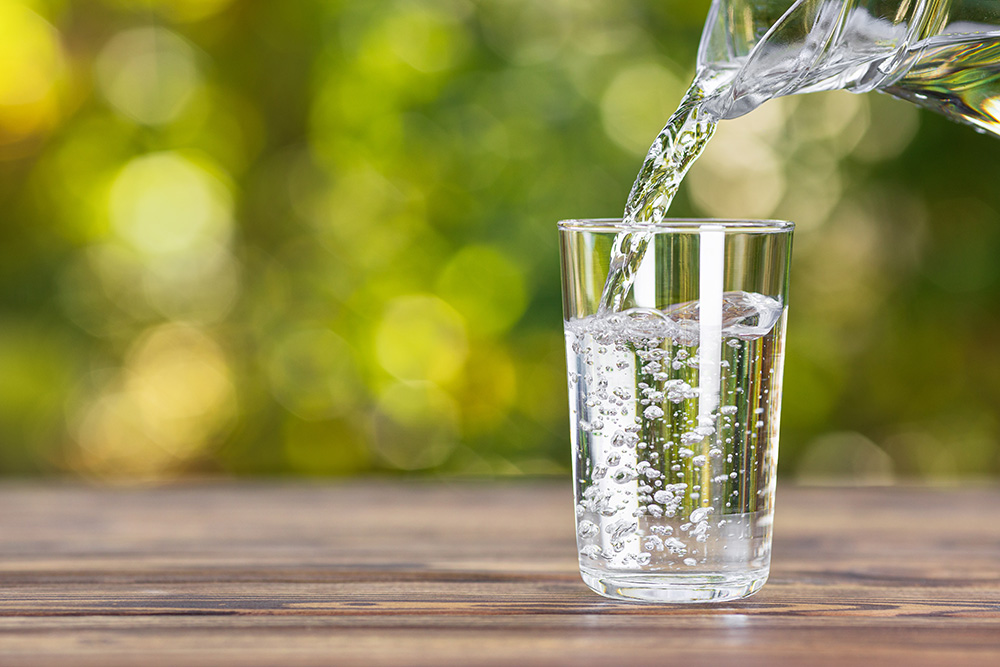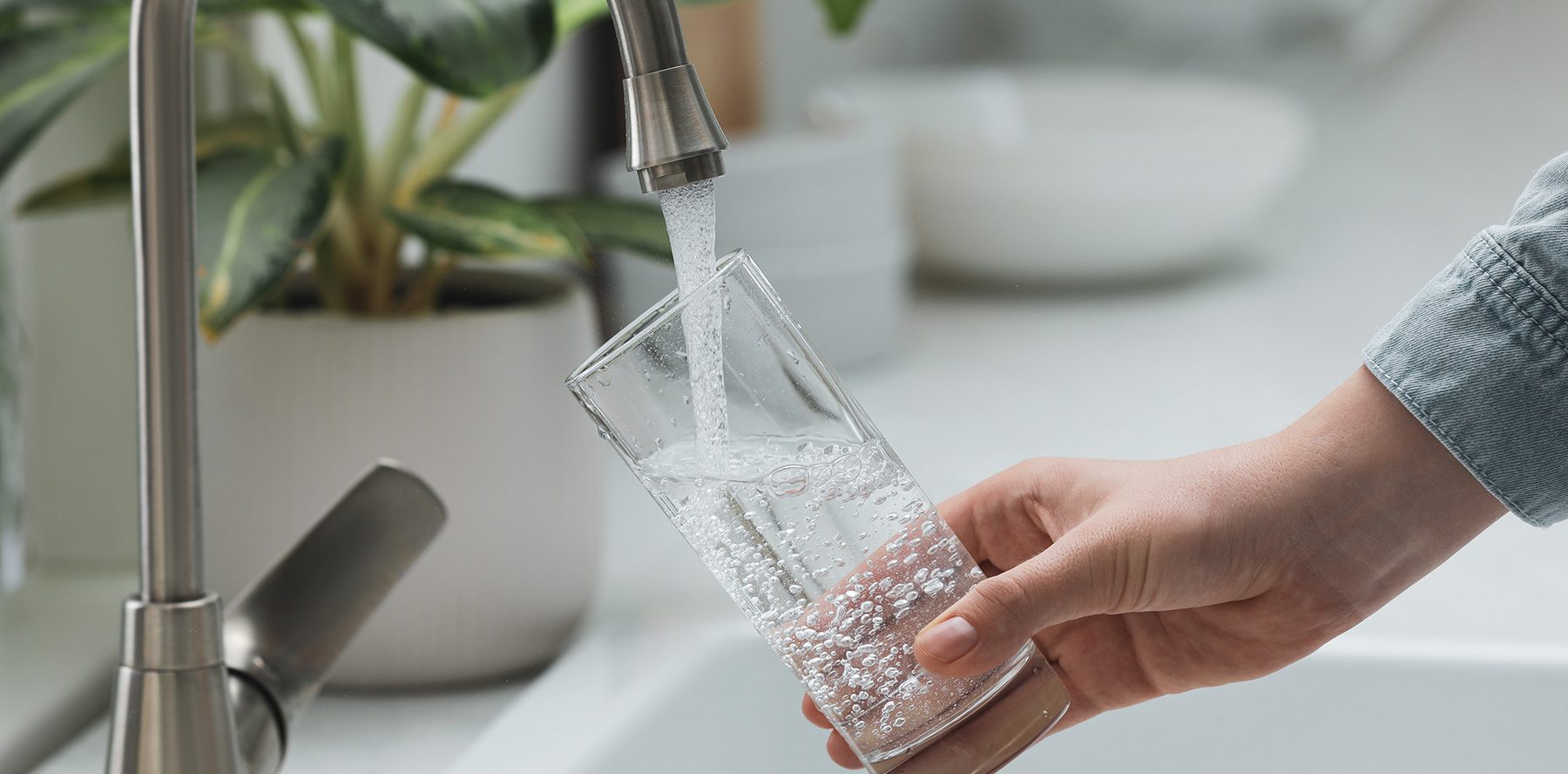Why Test Your Water?

![]()
Lead
In most countries, limits are set on the amount of lead and copper permitted in drinking water.
Even if your public water system is free of lead, that’s not a guarantee your drinking water is safe. Many homes, particularly those built before 1986, have pipes and fixtures that contain lead that can leach into tap water.
Lead can be so toxic no amount is considered ‘safe.’ In adults, consumption has been linked to higher risk of cancer, kidney damage, stroke and hypertension. The dangers are far more significant for children, who suffer lasting physical and behavioral effects from much lower levels of exposure, including damage to the child’s nervous system, lower IQ, shorter stature, hearing impairment and anemia.
Lead can also be passed from a pregnant mother to her fetus, leading to reduced growth and premature birth.
Steps to consider if you find lead in your tap water:
- Use bottled water instead of tap.
- Flush your tap by letting the water run.
- Use cold water – hot water increases the likelihood of leaching.
- Install a filtration system.
- Replace lead plumbing and fixtures.
![]()
Bacteria (E.coli)
Coliform bacteria, of which E.coli is one type, are commonly found the intestinal tracts of animals and humans. While many forms are harmless, others can cause serious and potentially life-threatening illness. Outbreaks are often associated with heavy rains and flooding, when runoff contaminated by sewage or animal waste can enter treatment plants, septic systems and wells.
In milder cases, E.coli infection can produce fever, abdominal cramps and vomiting. These symptoms will often clear up on their own within a few days. More extreme cases can lead to hemorrhagic (bloody) diarrhea and kidney failure, requiring dialysis. Young children, the elderly and those with compromised immune systems are at greatest risk.
In addition, presence of coliform bacteria & E.coli in drinking water might indicate that the water has been contaminated by sewage and contains other even more dangerous pathogens.


![]()
Nitrates and Nitrites
Nitrogen is a principal component of most lawn, garden and agricultural fertilizers. It also occurs naturally in the soil as a residue of plant and animal decay. In its nitrate and nitrate forms, it can leach into groundwater from farms, parks and lawns or from livestock facilities and sewage treatment plants. From there, it can contaminate well water or public water systems.
Nitrite consumption is probably most harmful to infants under six months of age, who are at potential risk of methemoglobinemia, or “blue baby syndrome,” in which the nitrate interacts with iron in the body to inhibit red blood cells’ ability to carry oxygen to the baby’s cells. Pregnant women can also at elevated risk for this condition and consuming nitrates while pregnant has potentially also been linked to higher risks of birth defects, including spinal bifida, cleft palate.
![]()
Chlorine
Chlorine is a chemical routinely added as part of the water treatment process to inhibit the growth of harmful bacteria. The consumption of small amounts of chlorine will not cause serious harm. However, when mixed with organic matter, large quantities of chlorine can produce harmful byproducts, including chloroform.
Studies have found that regularly drinking tap water with excessive levels of chlorine by-products can increase the risk of bladder, rectal and breast cancers.
Excessive chlorine is typically removed with carbon based water filters or chemical additives.


![]()
Hardness
Hardness refers the presence of calcium and magnesium compounds in water. These minerals are typically absorbed through the soil. There are no health risks associated with water hardness, but there are other undesirable consequences. Hardness can give water an unpleasant taste, prevent soap from lathering, cause scaling in pots and pans, wear out fabrics in the wash, clog plumbing and damage water heaters.
The most popular method of treating hard water is with a water softener.
![]()
pH
pH is a measure of the concentration of hydrogen ions in water, using a 0 to 14 scale. A rating of seven is considered neutral. Numbers below seven indicate the water is acidic, while numbers higher than seven indicate the water is alkaline. In most countries the recommended pH range for drinking water is between 6.5 and 8.5.
Water with low pH (acidity) isn’t unsafe to drink, but it can cause lead and other harmful minerals to leach into your water from your pipes and fixtures, leading to significant health problems (see our section on Lead). A low pH can also be indicator of other contaminants being present in water.


![]()
Copper
Copper is a reddish metal that can enter drinking water as corrosion from pipes and plumbing fixtures. Hot water increases the rate of absorption, and the longer water stands in pipes, the more copper will be absorbed. Because copper pipes will generate a protective layer over time, houses with new plumbing are more at risk of copper contamination. The presence of copper in water can be indicated by blue-green stains around plumbing fixtures.
A short term excess of copper in a body can cause vomiting, diarrhea, stomach cramps and nausea. Long term exposure has been linked to liver damage and kidney disease.
![]()
Iron
Iron typically enters the water supply from groundwater or rusty pipes. Iron can give water a brownish color, as well as an unpleasant odor and metallic taste. Iron can leave unsightly rust stains on sinks, toilets and showers and discolor clothing through the wash. Iron sediments may contain harmful bacteria that produce a slime that can clog water systems.
Strategies to remediate excessive iron depend on the form, concentration and source of the particles. Methods include changing the water source (i.e. drilling a new well), phosphate treatment, chemical oxidation, or applying various filters.

